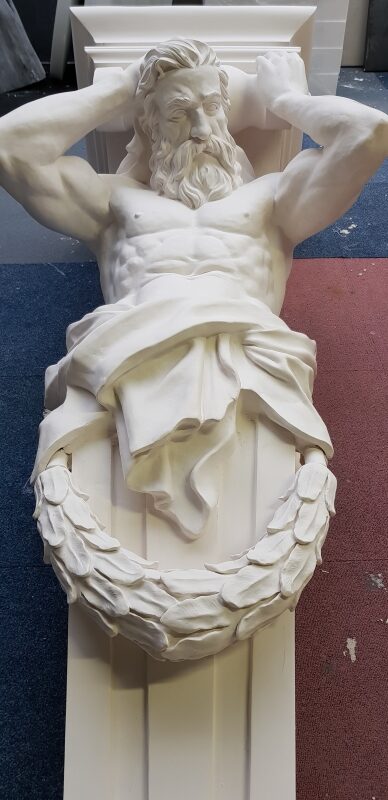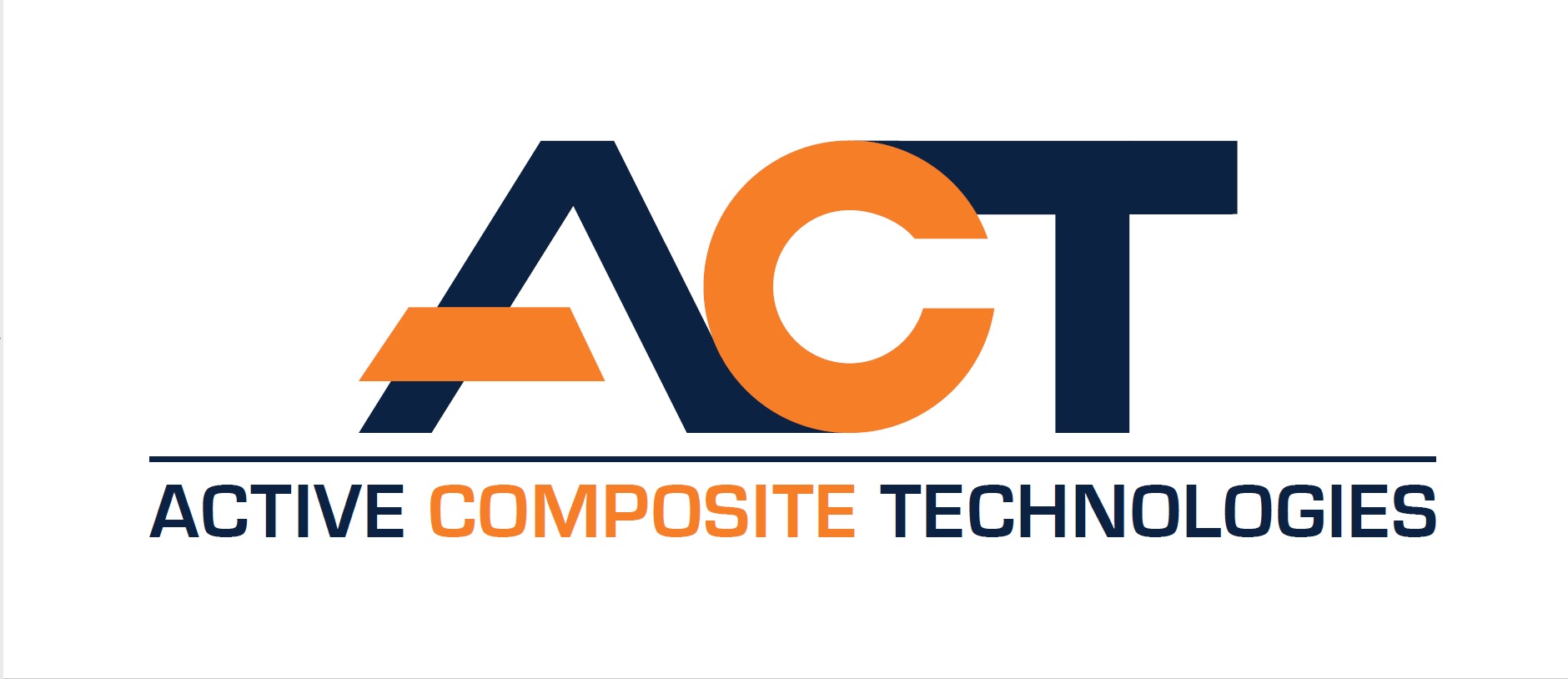A1 adheres excellently to EPS (Expanded Polystyrene) and is therefore a frequently used combination. Objects, for example made from modelling foam, can also be covered with A1. To finish the object smoothly, a layer A1 mixed with A1 Thix A or A1 ATP Powder can be applied.

EPS coated with a layer of A1
You can easily apply a layer of A1 to the EPS by brushing, spraying, rolling or filling it. Sometimes, it is necessary to thicken the A1 with A1 Thix A or A1 ATP Powder.
The strength of the A1 top layer also depends on the thickness of the A1 layer and the density of the EPS. To create a strong top layer, we recommend using 1 or more layers of A1 Triaxial fibre.
EPS coated with a layer of A1, reinforced with A1 Triaxial fibre
Brush EPS with A1. Secure the A1 Triaxial fibre in the still wet layer of A1. The A1 Triaxial fibre provides the strength to A1. The advice is to process at least 2 layers of A1 Triaxial fibre.
Before applying the A1 Triaxial fibre, it is useful to cut it to size first, given the processing time of A1.
Because you work over an EPS form, the first layer will be the inner layer and will not be visible later. Very important is that the A1 Triaxial fibre is completely soaked with A1 in each layer before you apply the next layer of A1 Triaxial fibre. This is because dry on dry provides air inclusion and consequently a vulnerable spot in the object.
EPS glued with A1
2 parts of EPS can be glued together using A1. A1 acts as an adhesive in this instance.
PUR/PIR FOAM
Although A1 on PUR/PIR adheres very well we advise to avoid the use of these foam systems. EPS can do the job with less risks compared to PUR/PIR. PUR/PIR is easier to shape by hand but that is probably the only advantage compared to EPS. Less risks, better water resistance and pricewise EPS is a better solution. Thermal expansion is more less the same as we see with EPS but the form stability and possible after-foaming caused by moisture is an problem with PUR/PIR. This has to do with the way of producing these systems. Also, the use of PUR foam to fill up a product made of A1 is strongly not to be advised as well. The chemicals inside the PUR foam can have a negative influence on the A1 and the unpredictable foaming with high pressures can cause cracking as well. Even when using 3 or 4 layers of A1 Triaxial fibre.

Sawing through a form
A1 has a processing time of about 20 – 25 minutes, after that the material is dry but still vulnerable. The advice to be able to saw and/or drill A1 properly is about a week as the A1 is (almost) finally cured. Sawing/drilling after 1 day is possible however be careful as the A1 object is not completely cured. You can use any sawing machine for this. Of course there is a difference in quality and skill of the machine. A water saw table or a dremel often give a nice result.


